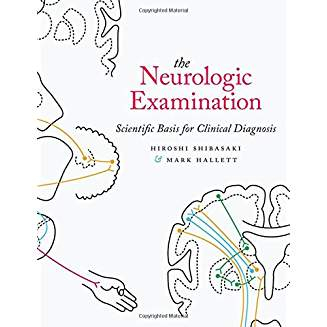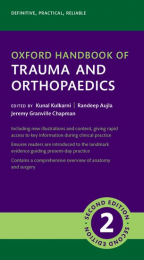Non ci sono recensioni
DA SCONTARE
Whereas most books about neurologic examinations are disease and anatomy oriented, The Neurologic Examination: Scientific Basis for Clinical Diagnosis focuses on a pathophysiological approach to the nervous system. The authors emphasize that the scientific interpretation of symptoms obtained from carefully taking the patient's history and noting signs found during physical examination are essential in the diagnosis of neurologic diseases, even if laboratory testing, such as electrophysiology and neuroimaging, are being more widely used. This book aims to provide a bridge from the basic sciences such as anatomy, physiology, pharmacology, and molecular biology to the neurologic symptoms. Neurologic examinations provide the foundation for the diagnosis, and only after a thorough and expertly executed examination can one begin to incorporate laboratory testing and treatment.
The Neurologic Examination: Scientific Basis for Clinical Diagnosis, based on the widely successful Japanese book Diagnosis of Neurological Diseases (Igakushoin, Japan, second edition 2013) by Dr. Shibasaki, hopes to revitalize the use of neurologic examinations before jumping straight into laboratory testing. Doing so can help cut down on time, patient and physician anxiety, and unnecessary testing expenses. This book is a must-read for all practicing neurologists, residents, and medical students.
Key Features Include
· The chapters are arranged in order of the actual steps in a neurologic examination;
· Highly illustrated with figures and tables indicative of the neurologic signs and symptoms that may appear during the given step; and
· 99 discussion boxes are inserted throughout to provide a more in-depth look at particular topics without interrupting the reading flow of the text.
Table of Contents
Table of Boxes
Preface
Explanatory Notes
Chapter 1 Diagnosis of Neurological Diseases (General Principle)
Chapter 2 History Taking
Chapter 3 Physical Examination
Chapter 4 Evaluation of Consciousness
Chapter 5 Brainstem and Cranial Nerve Territories
Chapter 6 Olfactory Sensation
Chapter 7 Visual Functions
Chapter 8 Pupils and Accommodation
Chapter 9 Extraocular Muscles, Gaze, and Eye Movements
Chapter 10 Trigeminal Nerve
Chapter 11 Facial Nerve
Chapter 12 Auditory Function
Chapter 13 Sense of Equilibrium
Chapter 14 Swallowing, Phonation, and Articulation
Chapter 15 Neck and Trunk
Chapter 16 Motor Functions
Chapter 17 Tendon Reflexes and Pathologic Reflexes
Chapter 18 Involuntary Movements
Chapter 19 Somatosensory Function
Chapter 20 Autonomic Nervous System
Chapter 21 Posture and Gait
Chapter 22 Mental and Cognitive Functions
Chapter 23 Aphasia, Apraxia, and Agnosia
Chapter 24 Paroxysmal and Functional Disorders
Chapter 25 Ion Channel Disorders
Chapter 26 Psychogenic Neurological Diseases
Chapter 27 Thalamus
Chapter 28 Hypothalamus and Neuroendocrinology
Chapter 29 Neurological Emergency
Chapter 30 Disability, Functional Recovery, and Prognosis
Chapter 31 How to Plan Laboratory Tests
Afterword: For Those Who Wish to Study Neurology





